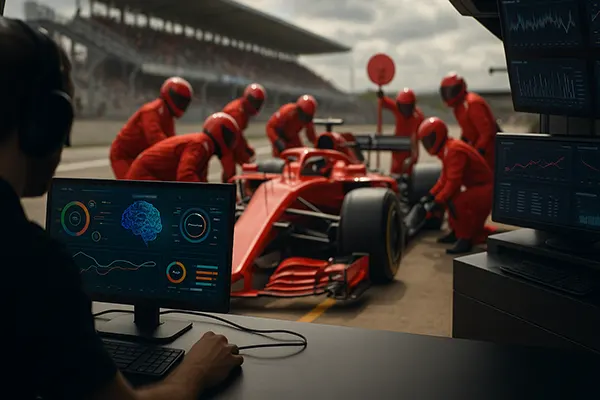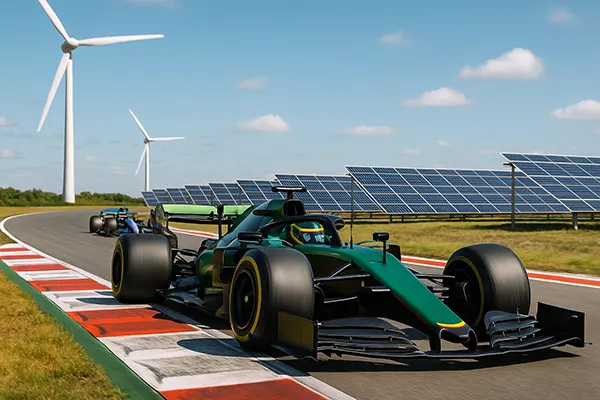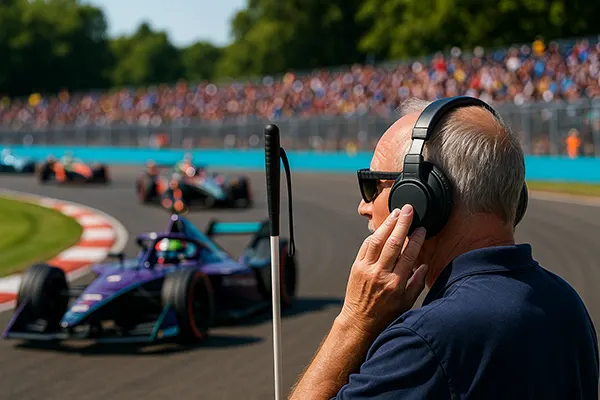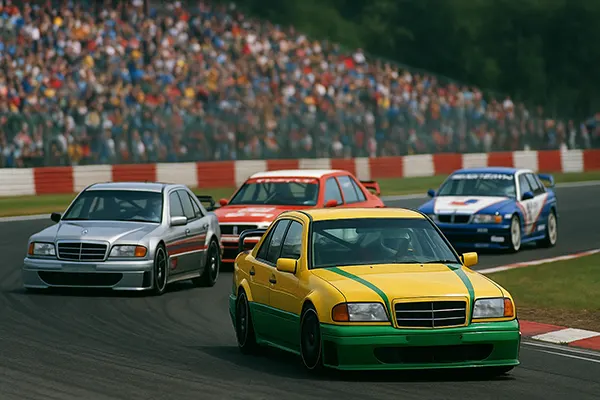
The Golden Age of Touring Car Racing: Greatest Moments and Legends
The golden era of touring car racing occupies a special place in motorsport history. From the late 1980s to early 2000s, it produced some of the most intense battles, unforgettable cars, and charismatic drivers that captivated fans across Europe and beyond. This article revisits that glorious period, highlighting iconic races, teams, and figures that shaped the legacy of touring cars.
The Peak of Touring Car Popularity
By the late 1980s, touring car championships had evolved into highly competitive and commercially successful series. The British Touring Car Championship (BTCC), Deutsche Tourenwagen Meisterschaft (DTM), and Superturismo Italiano brought together factory teams and privateers, attracting large crowds and major sponsorships.
One of the turning points came in 1992, when the BTCC introduced a unified ‘Super Touring’ formula. This new set of regulations levelled the playing field and led to close, door-to-door racing that made for thrilling TV viewing. Manufacturers such as BMW, Ford, Vauxhall, and Volvo heavily invested in these championships, giving rise to one of the most competitive grids in touring car history.
Meanwhile, DTM gained notoriety for its technical innovation and power. Unlike BTCC’s more standardised cars, DTM vehicles became high-performance machines by the early 1990s, often compared to GT racers. These differences in technical philosophy gave fans diverse experiences across Europe’s touring scene.
Iconic Cars and Engineering Excellence
The 1990s produced some of the most legendary touring cars ever built. The Alfa Romeo 155 V6 TI, for example, dominated the 1993 DTM season with its high-revving engine and aerodynamic wizardry. Mercedes-Benz’s 190E and later the C-Class models also made their mark, blending power with durability.
In the BTCC, Volvo made headlines with its 850 Estate in 1994 – a bold, if not entirely successful, PR move that nonetheless remains iconic. Renault’s Laguna, Honda’s Accord, and Nissan’s Primera all became household names thanks to their race-winning performances and bold liveries.
Engineering innovation extended beyond performance. Teams experimented with telemetry, aerodynamics, and chassis setups to gain fractions of a second. This era laid the groundwork for many technologies later adopted in other motorsport categories.
Rivalries and Legends on Track
No golden age is complete without larger-than-life personalities, and the touring car scene had plenty. Drivers like Alain Menu, John Cleland, Frank Biela, and Roberto Ravaglia not only raced for victory but also contributed to the lore of touring cars with their fierce rivalries and dramatic incidents.
The 1992 BTCC title fight between Cleland and Tim Harvey is often cited as one of the greatest in the sport’s history. Their controversial clash at Silverstone remains etched in the memory of every touring car fan. Meanwhile, Menu’s clinical dominance in 1997 with Renault is a testament to driver excellence paired with engineering supremacy.
In Germany, Bernd Schneider became synonymous with DTM dominance. His five championship titles with Mercedes-Benz made him a national hero and helped establish the modern DTM’s prestige. These personalities were more than just fast drivers – they were central figures in captivating narratives that unfolded race after race.
Television, Marketing, and Fan Engagement
Touring cars thrived not just on the track, but on screens. High-quality television broadcasts, especially in the UK, turned BTCC into a Sunday staple. Broadcasters like BBC and later ITV brought live action, driver interviews, and technical insights to millions.
Manufacturers used these championships as marketing battlegrounds. Car liveries became visual statements, and motorsport success translated directly into showroom traffic. This synergy helped turn everyday cars into aspirational symbols of speed and precision.
Fan engagement reached unprecedented levels during the 1990s. Open paddocks, fan clubs, and meet-and-greets fostered strong connections between spectators and teams. Touring car racing was more than a motorsport – it was a community.
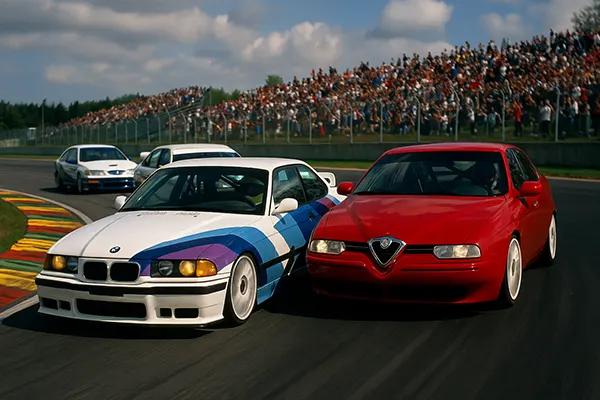
The Decline and Lasting Impact
As the 2000s began, the cost of maintaining competitive teams escalated. Manufacturers started to pull out, and some series collapsed or changed formats. DTM was restructured entirely in 2000, and BTCC underwent regulatory changes to cut costs and level competition.
Despite these challenges, the impact of the golden era remains. Many of the engineers and drivers from that time moved into top roles in Formula One, endurance racing, and vehicle development. The DNA of touring cars can still be found in current racing series worldwide.
Today’s fans look back at the golden era with admiration and nostalgia. Events like the Goodwood Revival and Classic Touring Car Racing Club keep the spirit alive, while documentaries and archival footage continue to draw new generations into the sport’s storied past.
A Legacy Written in Tyre Smoke
The golden age of touring car racing was defined by accessibility, raw competition, and national pride. It was a time when ordinary road cars became racing icons, and everyday drivers found heroes among their own country’s racers.
This era reshaped motorsport culture in Europe, proving that thrilling racing wasn’t exclusive to Formula One. With its balance of spectacle, innovation, and authenticity, the golden age of touring cars continues to influence the sport even decades later.
Though it may never return in the same form, its legacy endures in the hearts of fans and the history books of racing. The tyre smoke may have settled, but the stories remain as vivid as ever.

